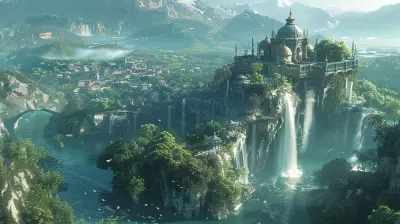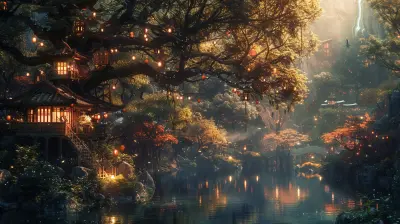Downloadable Content in Indie Games: A Growing Trend
31 May 2025
Indie games have always been the scrappy underdogs of the gaming industry. They’re the grassroots, passion-driven projects that often surprise us with their creativity and innovation. With their smaller teams, tighter budgets, and a willingness to take risks mainstream studios often shy away from, indie games are like little treasure chests waiting to be discovered. But if you’re an indie game fan (and let’s face it, who isn’t these days?), you’ve probably noticed a new trend popping up—Downloadable Content (DLC).
No longer exclusive to AAA games with their flashy marketing budgets, DLC is becoming a big deal in the indie gaming world. And honestly? It’s about time. Let’s dive in and unpack this growing trend, why it’s happening, how it’s changing the indie gaming scene, and what it means for both devs and players.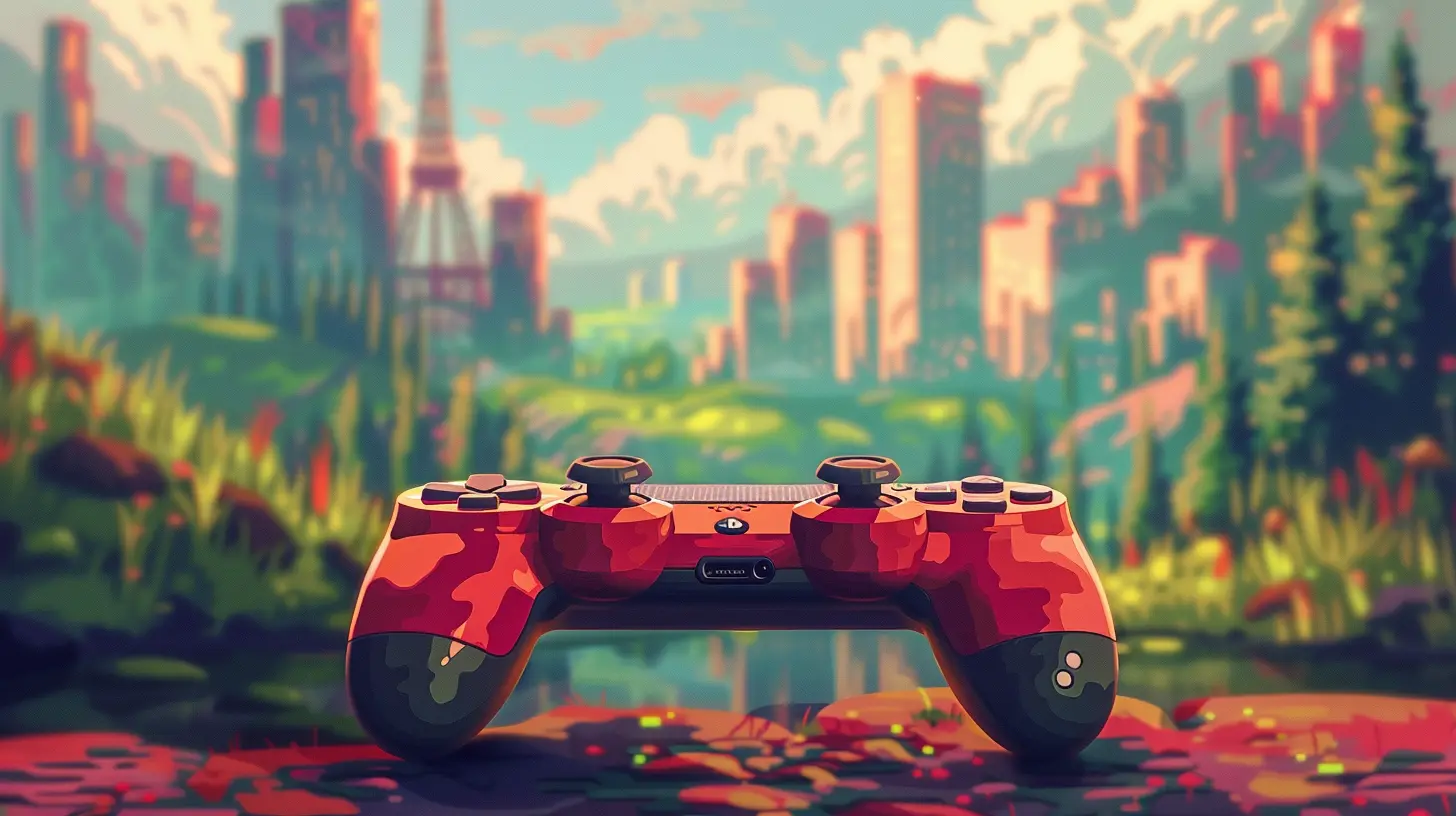
What Is Downloadable Content (DLC) Anyway?
Alright, before we dive headfirst into the trend, let’s quickly revisit what DLC actually is. DLC is additional content that developers release after a game has been launched. It could be anything from new levels, characters, and weapons to whole story expansions, cosmetic skins, or even quirky Easter eggs. Think of it as the gaming equivalent of a delicious dessert served after the main course—the icing on the cake you didn’t realize you needed.Historically, DLC was mostly dominated by big-budget games. You know, the ones that hit you with a $60 price tag and then charge you another $20 for a season pass? Yeah, those. But indie games have now joined the DLC party, and they’re bringing a refreshing twist to it. 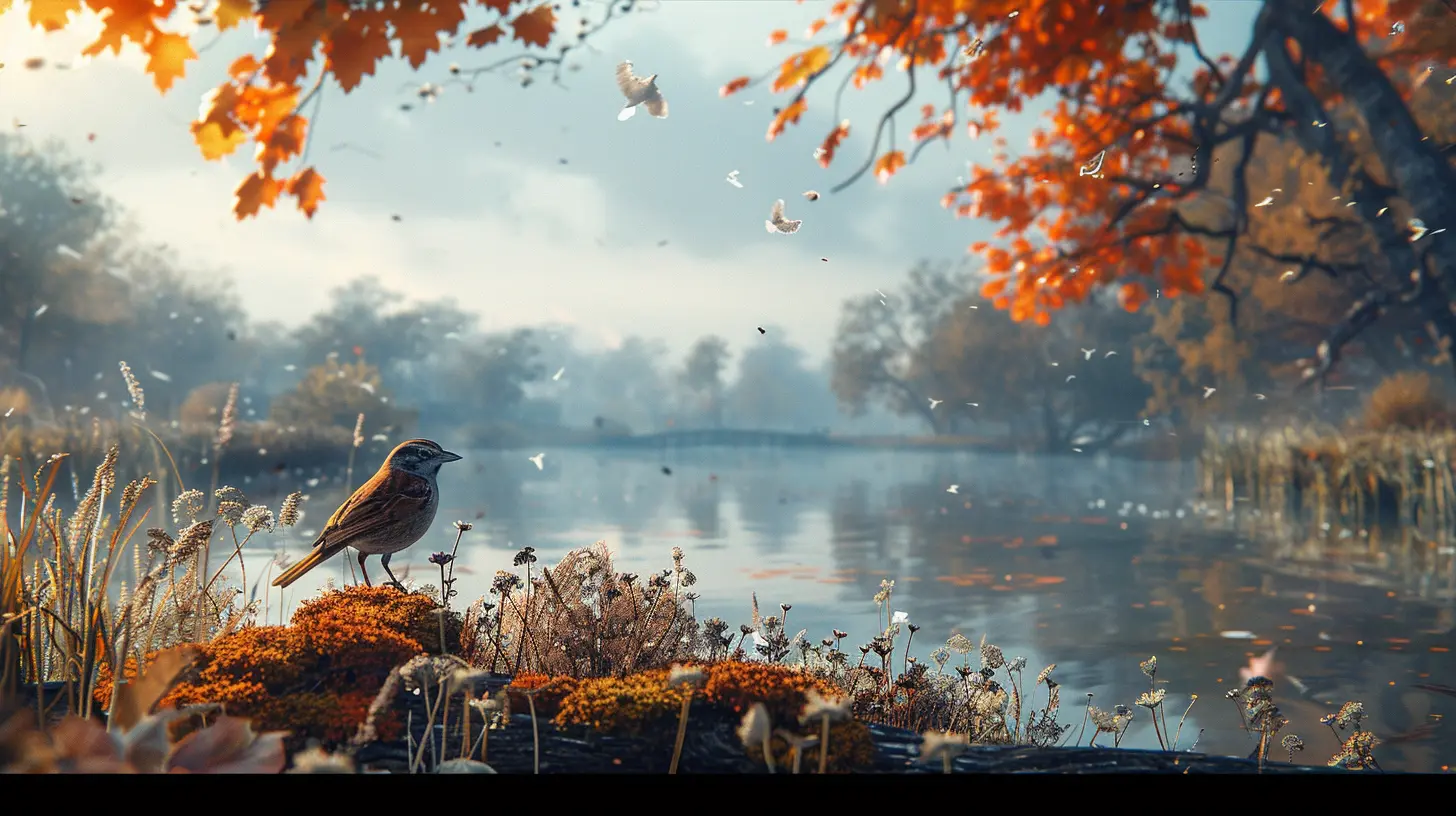
Why Is DLC Becoming Popular in Indie Games?
So why are indie developers hopping on the DLC train? To put it simply, it just makes sense. Here are a few reasons why DLC is gaining traction among indie studios:1. Keeping the Game Alive
Indie games rarely have the same longevity as AAA titles in terms of buzz and replayability. Once an indie game launches, there’s often a sharp peak in player interest, followed by a slow decline. Releasing DLC after launch keeps the game fresh, exciting, and relevant. It’s like throwing wood on a campfire to make sure it keeps burning.2. A New Revenue Stream
Let’s face it, indie devs don't usually have the financial safety net that bigger studios enjoy. DLC allows developers to generate additional income post-launch, without the need for a completely new game. And for players? Spending a couple of bucks on new content feels like a no-brainer if you’re already in love with the base game. It’s a win-win.3. Experimentation and Feedback
DLC gives indie developers the chance to experiment with new ideas and respond to player feedback. Let’s say fans are clamoring for a new character or a harder difficulty mode. Instead of reworking the base game, devs can release a nifty DLC to give players exactly what they want. It’s like getting to remix a favorite song—familiar, but with a fresh twist.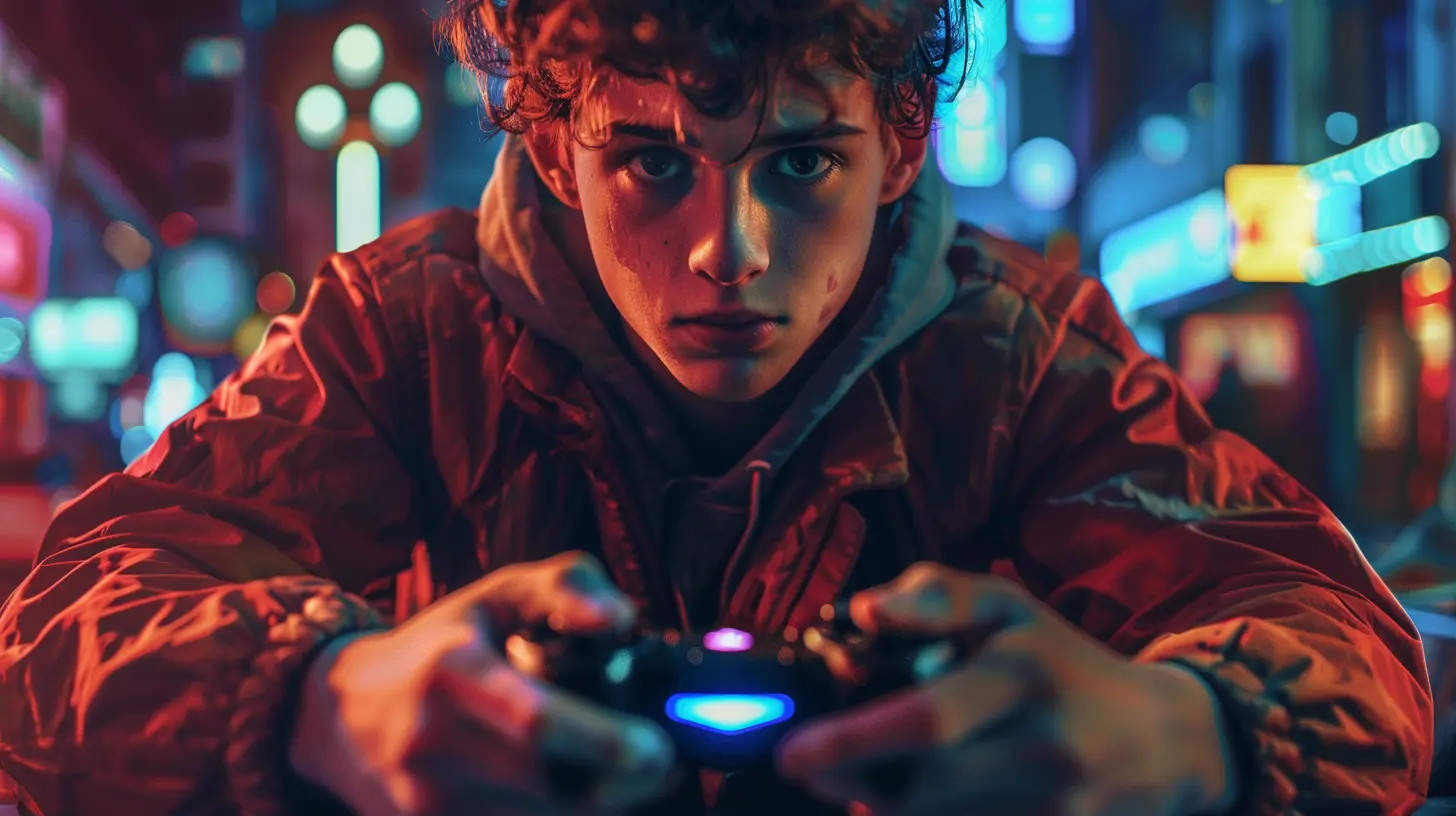
Types of DLC in Indie Games
Not all DLC is created equal, and indie developers are getting super creative with how they use DLC to enhance their games. Here are some popular types:1. Story Expansions
Some indie games expand their worlds with brand-new storylines or additional chapters. Think of it as getting a sequel without waiting for years. A great example of this is Hollow Knight’s series of free DLCs like "The Grimm Troupe" and "Godmaster." They weren’t just minor add-ons—they genuinely expanded the lore and gameplay.2. Cosmetic Goodies
Sometimes, players just want to look cool. DLC that offers cosmetic items like outfits, skins, or pets lets players personalize their experience. Indie games like Dead Cells have nailed this with their custom skin packs, so you can crush enemies while looking like a total badass.3. New Modes or Challenges
Ever beat a game and think, "Man, I wish this was harder"? Some indie titles release challenge-focused DLCs that add difficulty modes, speedrunning options, or entirely new ways to play the game. It’s like going from jogging on a treadmill to climbing a mountain. Games like Celeste have embraced this approach with their ultra-tough "Farewell" chapter DLC.4. Free Updates vs. Paid DLC
It’s worth mentioning that indie games blur the line between free updates and paid DLC. Many studios drop free content as a thank-you to their fanbase while offering optional paid DLC for those who want even more. This hybrid approach often earns indie devs a ton of goodwill. Who doesn’t love free stuff?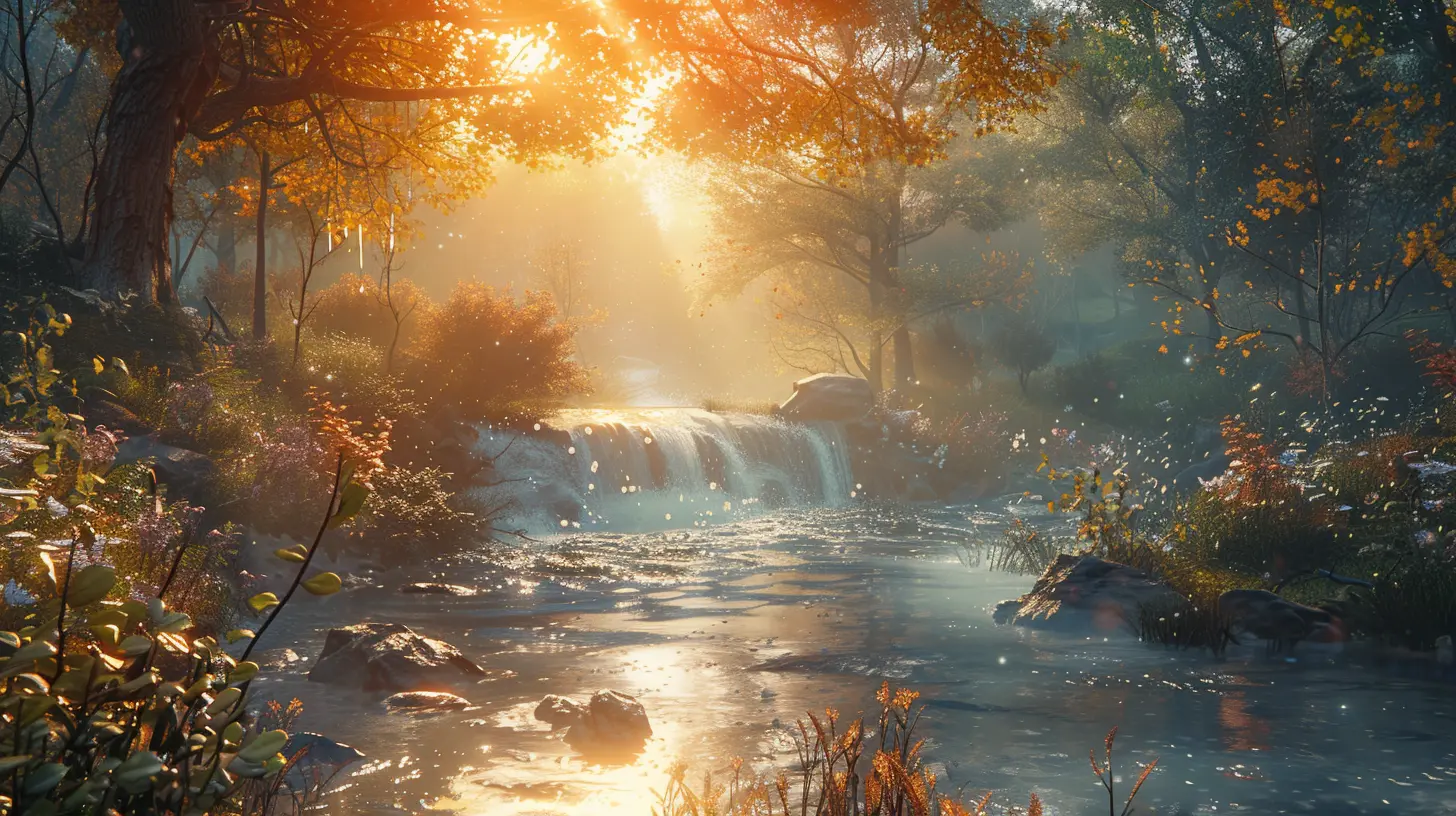
How DLC Benefits Both Players and Developers
Here’s the thing—DLC doesn’t just benefit developers. If done right, it creates a better experience for players as well. Let’s break it down.For Developers:
- Sustainable Income: It’s a lot easier (and less risky) to release a DLC than to create an entirely new game from scratch.- Engaged Community: DLC keeps players coming back, fostering loyal fanbases that are ready to shout about your game from the rooftops.
- Creative Freedom: Developers can test out new ideas without committing to a full-blown sequel.
For Players:
- More Bang for Your Buck: DLC lets you sink your teeth deeper into a game you already love.- Ongoing Updates: It’s exciting to know that your favorite game isn’t a "one-and-done" deal. There’s always the promise of more.
- Tailored Experience: With optional DLC, you can pick and choose new content based on what interests you most.
The Challenges of DLC in Indie Games
Of course, it’s not all sunshine and rainbows. DLC in indie games does come with its share of challenges. First off, there’s the dreaded "paywall" issue. Some players feel burned when they’re charged extra for content that they think should’ve been in the base game. There’s also the issue of overpromising and underdelivering, where the DLC doesn’t live up to the hype. Indie developers need to tread carefully to avoid alienating their audience.Then, there’s the pressure of balancing free updates with paid DLC. Many indie devs want to share free content to show appreciation for their fans, but at the same time, they need to make money to keep the lights on. It’s a tightrope walk, to say the least.
The Future of DLC in Indie Games
So, is DLC here to stay in the indie gaming world? Absolutely. As indie games continue to grow in popularity and carve out their niche in the industry, DLC is likely to become a standard practice. We might even see a future where indie devs use DLC in even more innovative ways—maybe episodic releases, community-created content packs, or cross-game collaborations. Who knows? The possibilities are endless.But one thing’s for sure: indie developers have proven time and time again that they can take established industry trends and make them their own. If anyone can make DLC exciting, affordable, and worthwhile, it’s the indie crowd.
Wrapping It Up
Downloadable content in indie games is more than just a growing trend—it’s a sign of how dynamic and innovative the indie gaming scene has become. As fans, we get to enjoy extended adventures, brand-new challenges, and a peek into the creative minds of the developers we admire. And for those behind the games, DLC offers a way to keep their dreams alive and thriving. It’s a win for everyone.Whether you’re diving back into a game you thought you’d finished or eagerly awaiting the next enticing expansion, one thing’s for sure: the future of DLC in indie games is looking brighter than ever.
all images in this post were generated using AI tools
Category:
Downloadable ContentAuthor:

Emery Larsen
Discussion
rate this article
3 comments
Jessica Mathews
Indie DLC fosters community engagement, enhancing gameplay and player retention effectively.
June 10, 2025 at 4:49 AM

Emery Larsen
Thank you for your insight! Indeed, indie DLC plays a crucial role in building community and enhancing the overall gaming experience.
Kieran Dorsey
The rise of downloadable content (DLC) in indie games reflects a shift towards enhancing player engagement and revenue streams. This trend allows developers to expand their narratives and gameplay, providing fresh experiences while fostering a dedicated community around their titles.
June 4, 2025 at 4:01 PM

Emery Larsen
Thank you for your insightful comment! Indeed, DLC is transforming how indie developers enhance gameplay and build community engagement.
Hesper Beck
Indie games leverage downloadable content to enhance player engagement and extend game longevity creatively.
June 2, 2025 at 3:31 AM

Emery Larsen
Thank you for your insightful comment! Indeed, downloadable content in indie games offers innovative ways to keep players engaged and sustain interest over time.


